Create Your Own AI: Tips and Tricks for Beginners
Learn how to create your own AI with our beginner-friendly tips and tricks. Discover the world of AI software development on our blog!
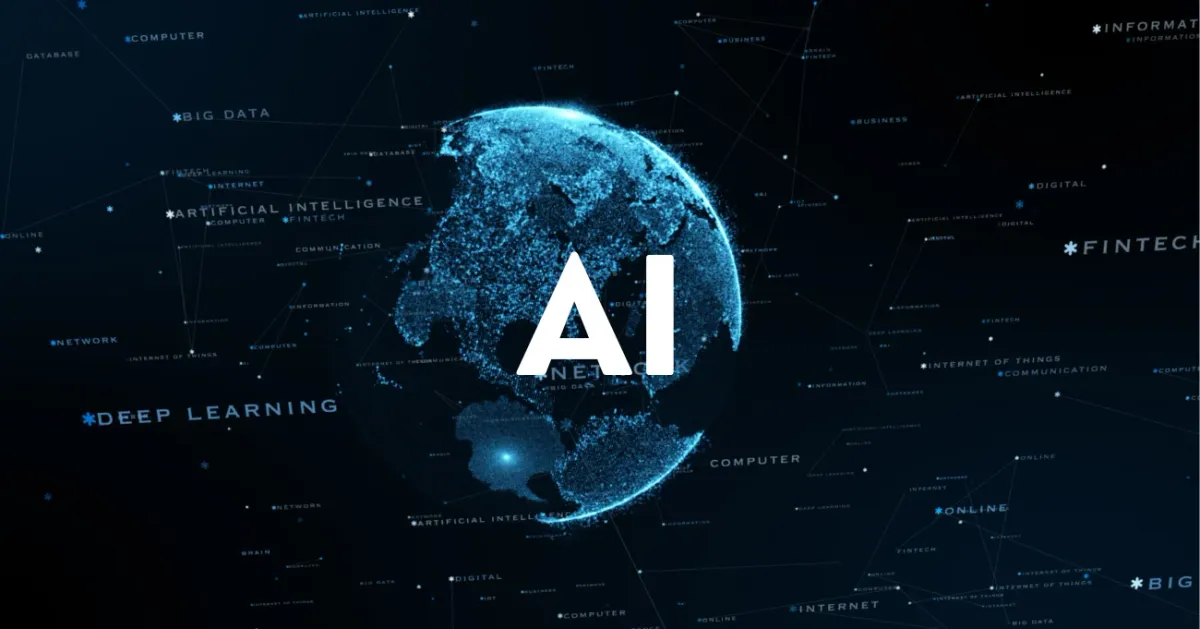
With the rise of machine learning, neural networks, and advanced AI technology, there are now accessible tools and resources that allow you to create your own AI. Understanding the core concepts, such as machine learning, neural networks, and natural language processing, is crucial for success. Knowing the best practices that ensure efficiency and accuracy is essential before jumping into the complex process of building an AI model.
At Kindroid, we specialize in crafting AI systems that go beyond traditional AI chatbots. Our AI models offer advanced natural language processing and deep learning capabilities for more realistic interactions. Users gain complete control over customizing their AI’s personality and appearance, ensuring the AI aligns with specific needs. This flexibility, combined with speech recognition and intelligent systems, gives users the tools to meet any specific problem.
Based on extensive experience, we’ve created this guide to help you create your own AI. You'll learn to choose the right tools, gather new data, and set up your tech stack. By the end, you’ll be ready to integrate AI technology for your specific needs with simplicity and transparency.
Let's get started!
Before You Begin: Understanding the Basics of AI
Creating your own AI requires a clear understanding of fundamental concepts. Before you jump into the technical aspects, you must grasp the basics. Understanding how AI works is the first step in building any AI tool. Let’s break down the key concepts to help you create your own AI.
What Is AI?
Artificial intelligence (or AI) refers to systems that mimic human intelligence. These systems use algorithms and programming languages like Python, Pytorch, and TensorFlow to solve problems. At its core, AI relies on patterns and data to perform tasks like classification, prediction, and interaction. Whether it’s powering an AI assistant or automating customer support, AI functions through analyzing training data and learning from it.
How Does AI Work?
AI works through several foundational concepts that interrelate to form a cohesive system. Here are five essential concepts that you need to understand to create your own AI:
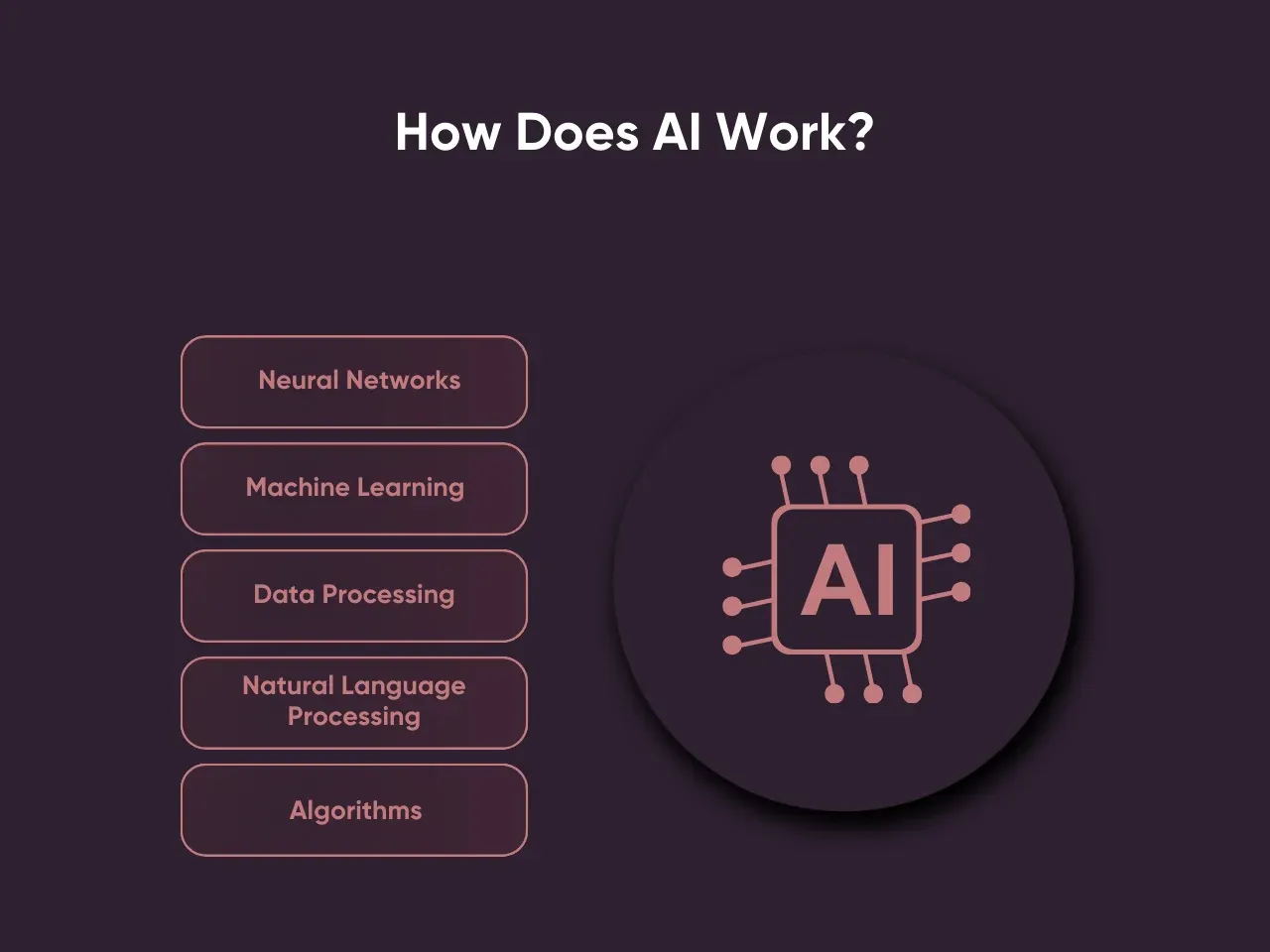
- Neural Networks: These mimic the human brain and form the backbone of AI. They help in computer vision, voice recognition, and human language processing tasks. Neural networks analyze patterns in public datasets and unstructured data to generate intelligent responses.
- Machine Learning: AI systems learn from data through advanced machine learning algorithms. A structured training process can improve performance over time by feeding the AI with the right data.
- Data Processing: Data collection and cleaning are essential to ensure the AI learns accurately. Handling personal information and other training data efficiently reduces the risk of introducing biases into the system.
- Natural Language Processing (NLP): NLP enables AI to understand and respond to queries in human language. Whether used in customer support systems like Alexa or other AI assistant programs, NLP makes AI accessible.
- Algorithms: AI algorithms allow the system to decide based on analyzed data. Algorithms like classification models, scalability, and computer vision work together with neural networks to deliver meaningful results. They help ensure AI functions effectively.
Real-World Applications of AI
AI’s potential spans many industries. Whether powering a mobile app or helping businesses with customer support, its applications are vast. Here are five real-world uses of AI:
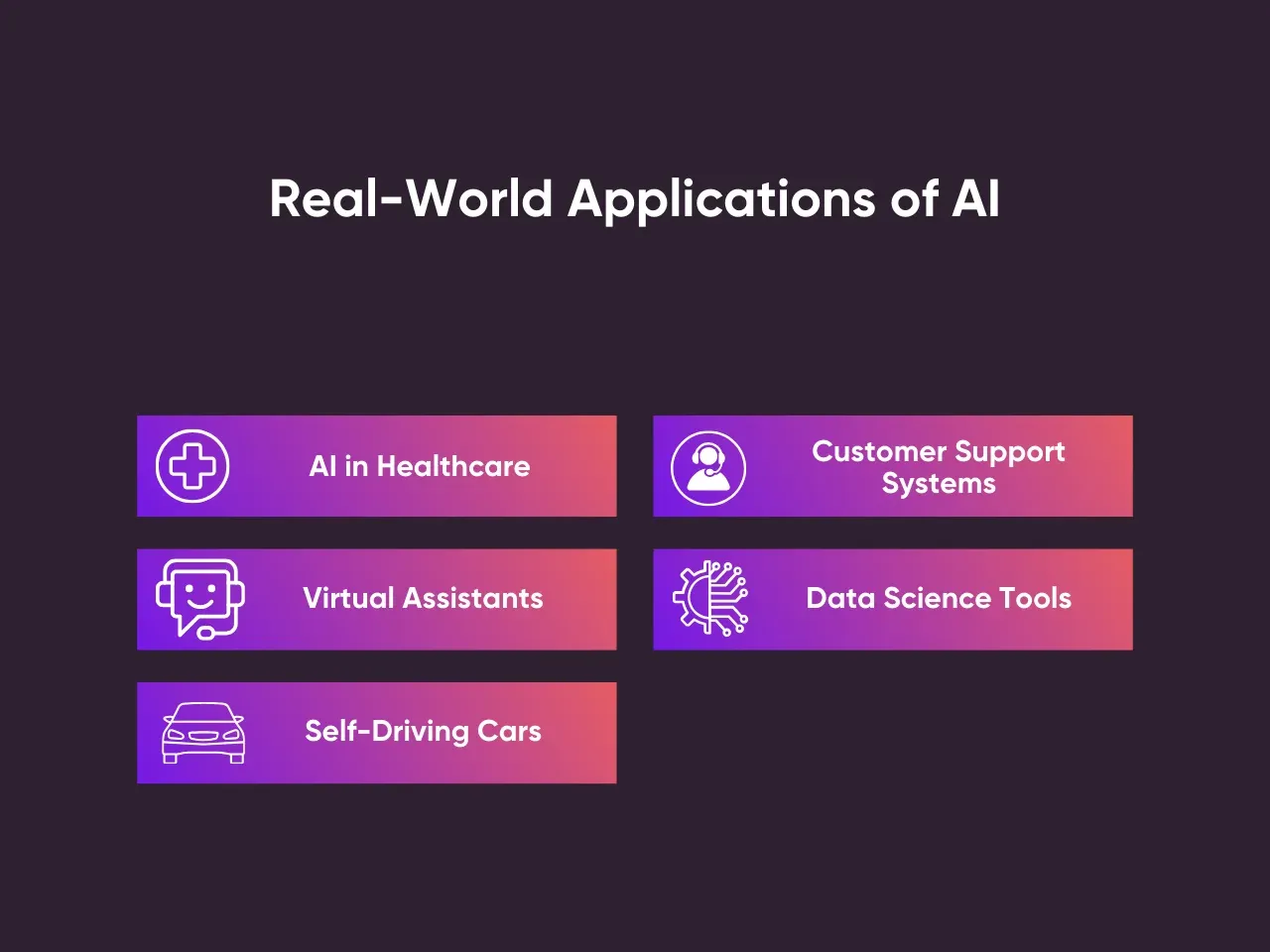
- AI in Healthcare: AI helps doctors diagnose diseases using computer vision and public datasets. It also assists in personalized treatments.
- Virtual Assistants: Tools like Alexa and Google Assistant help users with queries. These assistants utilize algorithms and training data to deliver accurate responses.
- Self-Driving Cars: AI systems analyze visual input through computer vision, helping cars navigate safely.
- Customer Support Systems: AI chatbots provide instant responses to customer queries, enhancing ease of use in applications.
- Data Science Tools: AI plays a vital role in data science, processing large volumes of unstructured data and improving business intelligence.
These real-world applications highlight AI’s versatility and potential impact across multiple sectors. Whether you want to create a personal AI or a mobile app, understanding these concepts and applications is essential to achieve your main goal.
Preparing to Build Your First AI
Building your first AI project requires a solid understanding of the essential tools and software needed. The right tools can simplify the process and help you create your own AI effectively. Every beginner should consider five key tools when starting this journey.

1. Python
Python is the go-to programming language for AI development. Its simplicity and readability make it ideal for beginners. Python has many libraries, such as TensorFlow and Keras, that support machine learning and AI development. Python’s vast community provides numerous resources for learning and troubleshooting, making it easier for you to create your own AI.
2. TensorFlow
TensorFlow is an open-source framework developed for machine learning and AI. It allows you to build and train deep learning models essential for AI applications. TensorFlow is highly flexible, allowing users to customize and scale their AI models. This tool will play a significant role when you create your own AI for real-world applications.
3. Jupyter Notebooks
Jupyter Notebooks is an interactive environment that helps write and execute Python code. It is beneficial for data analysis and visualizing the results of your AI model training. With Jupyter, you can document the development process, test small chunks of code, and easily share your progress with others while you create your own AI.
4. Keras
Keras is another powerful AI tool that works well with TensorFlow. It offers a user-friendly interface to build AI models without requiring extensive code. Keras allows for quick prototyping, making it ideal for beginners learning how to create their own AI models. This tool simplifies complex tasks like model training and evaluation.
5. Google Colab
Google Colab provides an online platform to run Python code without local setups. It supports TensorFlow and allows you to leverage cloud resources to train AI models. Google Colab is especially useful when your computer needs the computational power to create your own AI.
A Step-by-Step Guide to Create Your Own AI
With technological advancements and the availability of various tools, creating your own AI has become increasingly achievable. Here are the six steps to create your own AI, from identifying the problem to deploying the final model. Follow these steps to develop an efficient AI system.
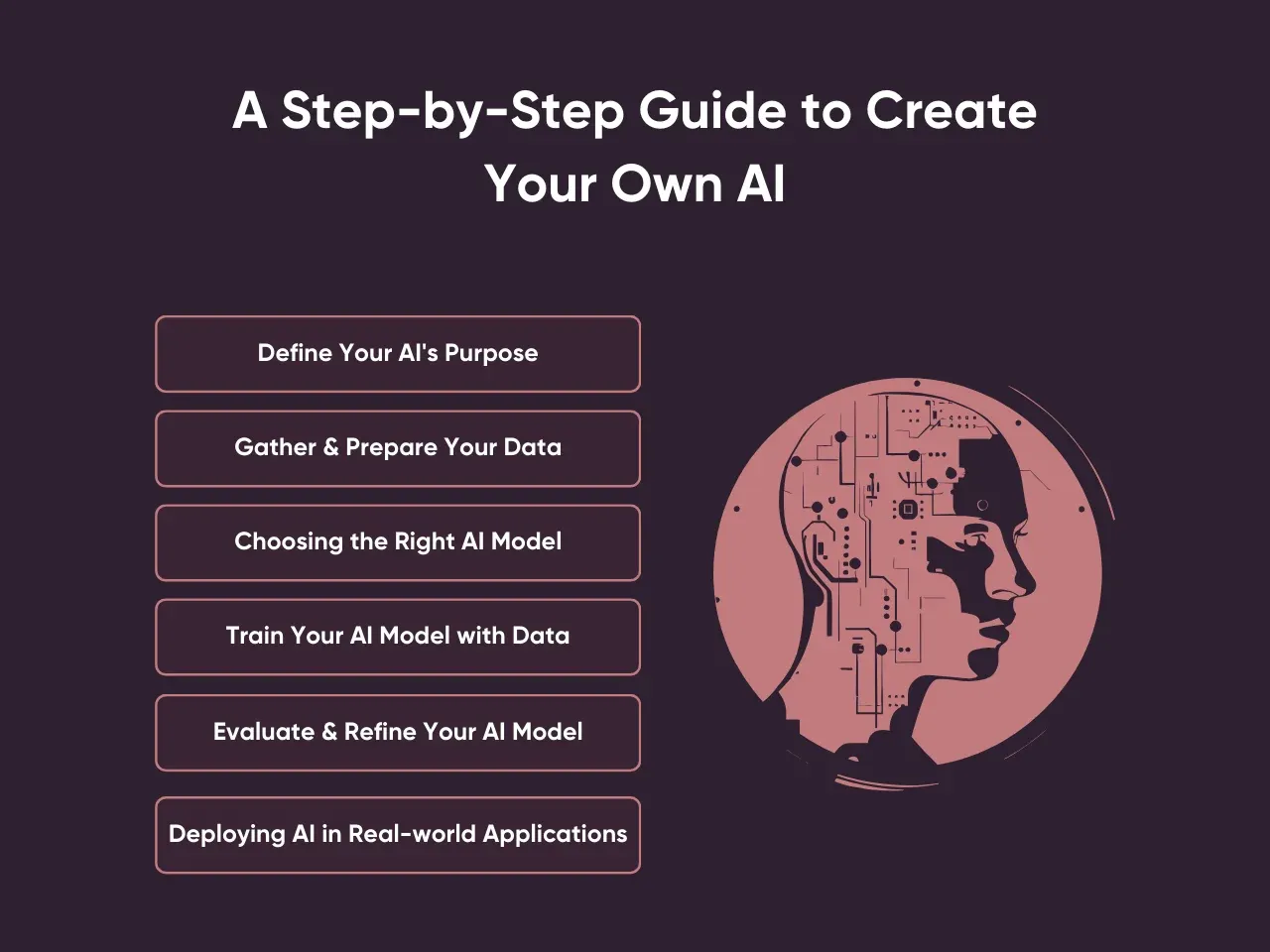
Step 1: Define Your AI's Purpose
The first crucial step in creating your AI is defining a clear purpose. A well-defined goal allows you to shape the entire development process around solving a specific problem or achieving a particular result. Without a clear purpose, the AI project can lack focus, leading to inefficient use of time and resources.
Beginners who want to create their own AI must understand what they want their AI to accomplish from the outset. Whether for text generation, image recognition, or data analysis, the goal will guide the design and development choices. Before you begin to create your own AI, ask yourself the following questions:
- What Problem Is My AI Solving? Ensure your AI has an apparent, real-world problem to address.
- What Type of Data Do I Have? The kind of data available will determine the AI model and approach.
- Who Will Use This AI? Define your target audience, as their needs will shape your AI’s functionality.
- How Will My AI Improve Over Time? Consider ways the AI will learn and adapt as more data is processed.
- What Resources Do I Have? The availability of computing power, data, and budget will impact your project scope.
Having well-defined answers to these questions is crucial to create your own AI effectively. Knowing the purpose, you can build an AI tailored to solve real-world challenges efficiently and within your means.
Step 2: Gather and Prepare Your Data
When you create your own AI, gathering and preparing data is essential. AI models rely on data to learn and make decisions. Without quality data, your AI model may fail to perform accurately. To start, identify the data relevant to your AI’s purpose. The data should align with the goals you set when you began working to create your own AI.
The types of data needed depend on the project. Here are the five key types of data often required to create your own AI:
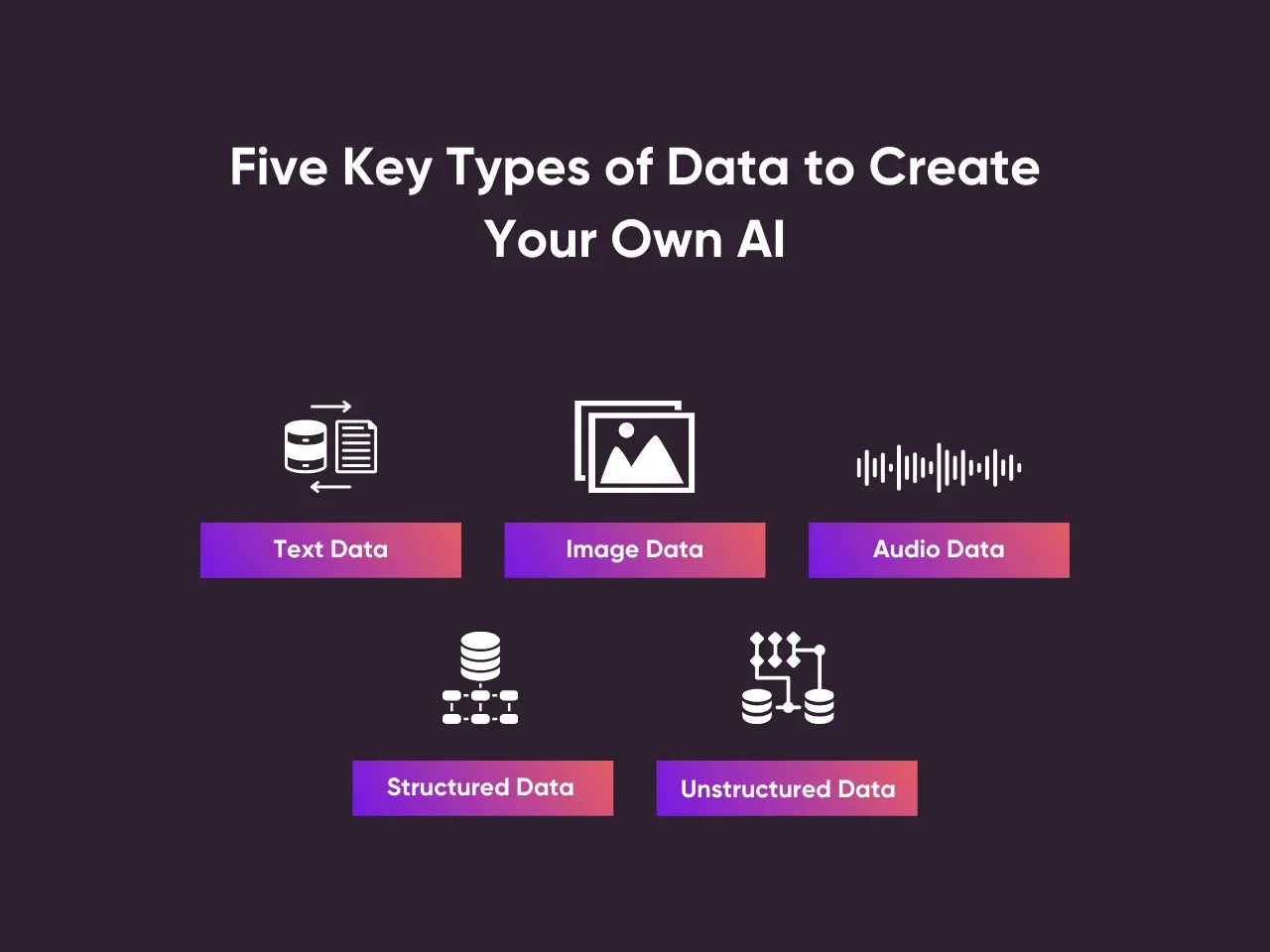
- Text Data: Useful for chatbots or language models.
- Image Data: Ideal for models related to image recognition or analysis.
- Audio Data: Needed for voice recognition or sound analysis models.
- Structured Data: Relevant for models requiring organized data like databases.
- Unstructured Data: This applies to projects dealing with data like emails or social media posts.
To ensure your AI performs well, thoroughly collect data. Sources like public datasets or proprietary data can help. Clean the data to remove errors, duplicates, and irrelevant information. Preprocess it using techniques like normalization or tokenization to optimize your AI’s performance as you continue to create your own AI.
Step 3: Choose the Right AI Model for Your Project
Your chosen model will shape how your AI processes data and makes decisions. To create your own AI, start with a clear understanding of your project’s goals. Whether you aim for text generation, image recognition, or data prediction, your chosen model must align with the desired outcome. Each type of AI model serves a specific purpose, so choosing wisely is key.
There are several AI models commonly used in development. Here are the three main ones:

- Supervised Learning: This model works with labeled data. It’s ideal when you know your expected output and can provide examples.
- Unsupervised Learning: This model uses unlabeled data. It helps find hidden patterns and insights within the data.
- Reinforcement Learning: In this model, the AI learns through trial and error, receiving feedback to improve its performance over time.
To select the right model when you create your own AI, consider the type of data you have and your project's objective. If your AI needs clear instructions, supervised learning works well. If you're exploring unknown data patterns, go with unsupervised learning. For dynamic decision-making, reinforcement learning is ideal.
Step 4: Train Your AI Model with Data
Training is one of the most critical steps in creating your own AI. Begin by dividing your data into training and testing sets, ensuring your AI model learns effectively. This step helps your AI recognize patterns and make decisions based on the data it processes. When you train your AI model, monitor its progress closely to avoid issues such as overfitting, where the model performs well on training data but poorly on new data.
Once the initial training is complete, evaluate the model's performance on the test data. If the results are unsatisfactory, make adjustments, retrain, and fine-tune. The more you experiment and refine the model, the better the results. Remember, the key to success when you create your own AI is persistence in training and continuous improvement, ensuring the AI delivers accurate and reliable outputs over time.
Step 5: Evaluate and Refine Your AI Model
Evaluating and refining your AI model is crucial to ensure it performs well in real-world scenarios. After training your model, take time to assess its performance thoroughly. Evaluating helps you identify areas where your AI model may need improvements. A refined model will be more reliable and accurate.
These metrics will help you fine-tune your AI, especially when your goal is to create your own AI. Consider the five key metrics below:

- Accuracy: Measures the percentage of correct predictions made by the model.
- Precision: Focuses on how many of the positive predictions were correct.
- Recall: Identifies how many actual positive cases were correctly predicted.
- F1 Score: A balance between precision and recall, offering a comprehensive view.
- Confusion Matrix: Provides insights into the performance through a detailed table of predictions.
Refining the model using these metrics is essential when creating your AI. Evaluation helps identify issues like overfitting and underfitting, ensuring your AI functions efficiently. Regular refinement is key to maintaining an effective AI model.
Step 6: Implementing Your AI Into a Real-World Application
To successfully create your own AI and implement it into a real-world application, you must first ensure your AI is well-trained and functional. Depending on your goals, this step often involves deploying the AI within software, websites, or mobile applications. For instance, AI can enhance customer service as a chatbot, streamline business data analysis, or offer personalized recommendations in e-commerce.
When creating your AI for real-world use, testing in live environments becomes essential. The AI must handle real-time data and respond accurately to user inputs. Continuous monitoring ensures that the AI model performs as expected and remains reliable. Adaptability is key, as real-world applications often require updates to improve functionality or adapt to new user requirements.
Key Takeaway
When you create your own AI, the process involves careful planning, training, and testing. Starting with a clear goal helps ensure that your AI model solves a specific problem. The training phase is crucial, where the AI learns to recognize patterns and make predictions. Whether you're training AI chatbots or more complex systems, monitoring performance throughout to avoid errors is essential.
Data quality plays a significant role in the success of AI creation. Gathering clean, relevant data and choosing the right model are key steps. For example, high-quality datasets in character AI scenarios can make interactions more natural. Model selection should align with the type of problem your AI aims to solve, ensuring it performs effectively in real-world settings.
Ready to create your own AI? At Kindroid, we guide you through every process step, offering tools and support to help you build your AI system, including chatbots or even the best AI companion app. Our expert solutions make the process seamless, allowing you to focus on innovation and application.
